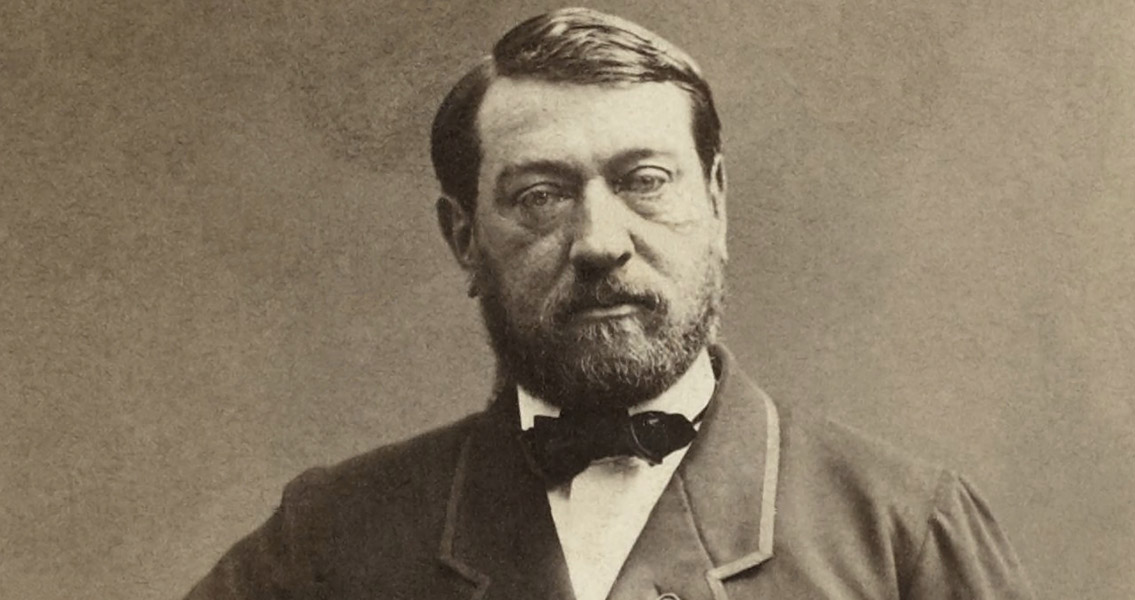<![CDATA[A cache of historical documents from the eighteenth and nineteenth centuries from the Egyptian Antiquities Organization (now known as the Supreme Council of Antiquities) was recently discovered in Cairo, Egypt, according to an announcement by Mamdouh Eldamaty, Egypt’s Antiquities Minister. "These are the oldest documents found in the history of the Antiquities Ministry", the director general of the Egyptian Antiquities Registration Centre, Hisham El Leithy, told Ahram Online. The documents were discovered accidentally in a Supreme Council of Antiquities storehouse in the Al-Abbassiya district of Cairo. The collection includes letters exchanged between former directors of the Egyptian Antiquities Organization such as Jacques de Morgan (a French archaeologist who served as the Director of Antiquities in Egypt in the nineteenth century), Gaston Maspero (a Director of Antiquities who introduced the first successful Anti-Looting laws in Egypt) and Pierre Lacau (a French Egyptologist and Philologist. He served as Egypt’s Director of Antiquities from 1914 until 1936), as well as archaeologists who were working in Egypt at the time, like Howard Carter (who discovered the tomb of the Eighteenth Dynasty Pharaoh, Tutankhamun). Old maps showing the Theben necropolis located in Luxor from 1921, and the Eastern Desert from 1904 were part of the find, as were papers from the Fayyed and Gabry families who traded in antiquities at the time. Also included were architectural diagrams, and files pertaining to the Egyptian Exploration Society and the French Institute for Oriental Studies. During this time period the French Institute had people working at the ancient Egyptian city of Tanis, the Karnak Temple in Luxor and Matariya in Heliopolis. Additionally, a complete file on the Egyptian Exploration Society, including a law which organized the work on antiquities, and reports written in a variety of languages about various digging operations being conducted during the eighteenth century, were found. Before the mid-nineteenth century, there were no regulations regarding the Egyptian antiquities trade. As a result, thousands of artifacts, everything from statuettes and jewelry, to reliefs and entire monuments, were taken from their ancient locations and shipped to museums and private collections around the globe. In 1835, Egyptian ruler, Mohamed Ali banned the unlawful removal of antiquities from the country and designated a building in Cairo to function as a storehouse for the artifacts. However, this did not stop the practice by rulers of giving the artifacts as gifts to foreign dignitaries. 1858 saw the creation of the Antiquities Service to stop the ongoing illicit trade of Egyptian artifacts. For just under a century, the Antiquities Service was led by French scholars. When the British troops left Egypt in the 1950s, the Antiquities Service became a truly Egyptian-run organization. In 1994, the department name was changed to the Supreme Council of Antiquities (SCA) by Presidential Decree. The Egyptian Antiquities Registration Centre will begin an immediate restoration process overseen by a newly formed committee tasked with examining and archiving the papers.]]>
History Rediscovered with Cache of Documents Found in Egypt
